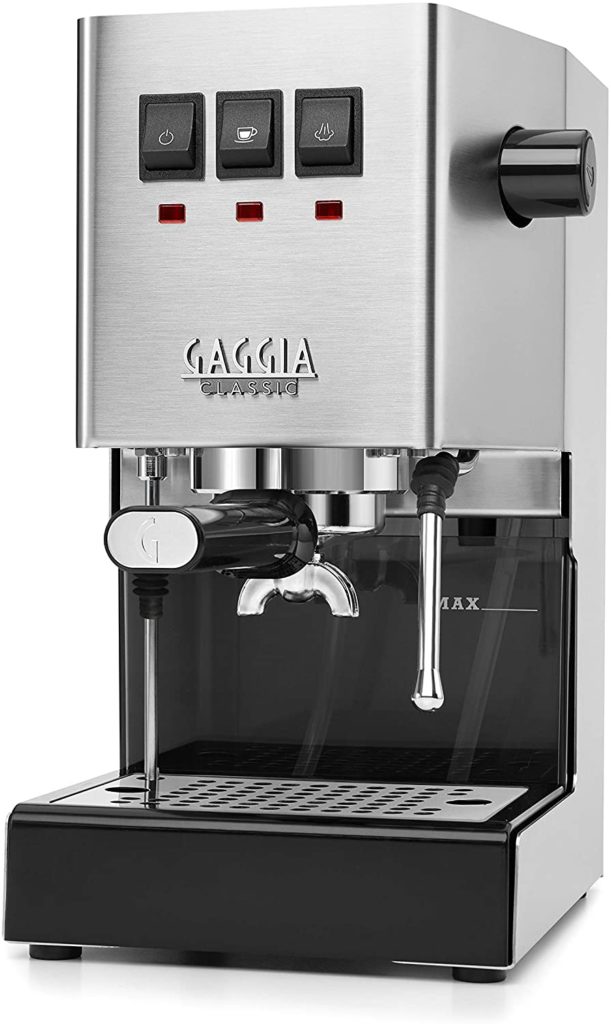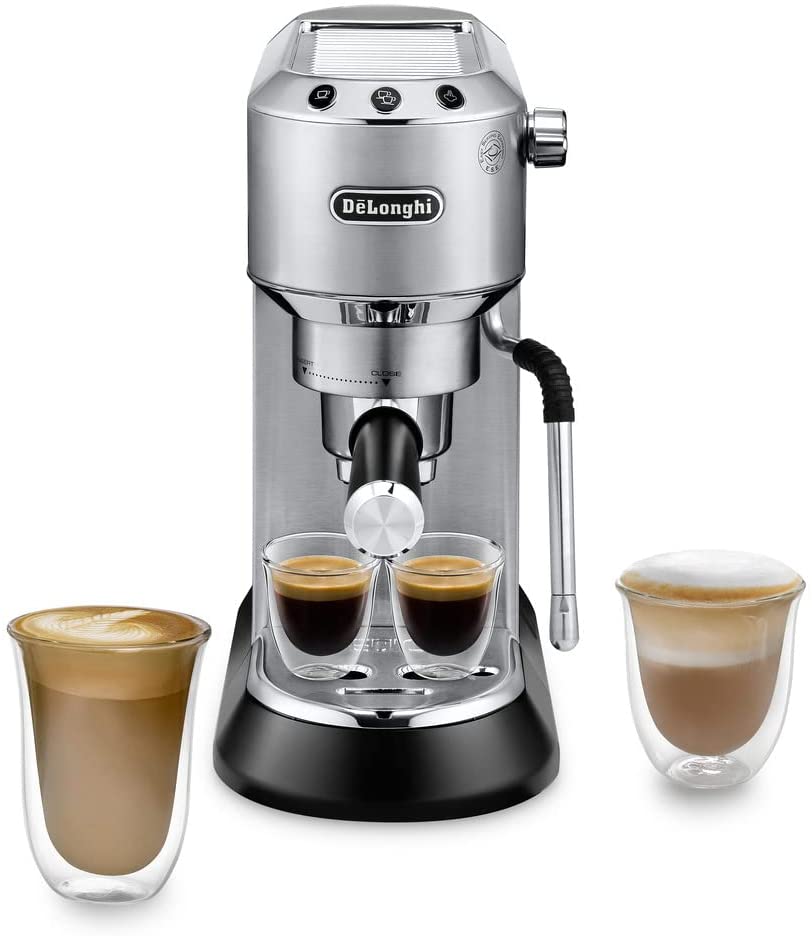How did I select the right semi-automatic coffee machine for me?
Getting up …… getting up failed …… rebooting ……
Getting up …… getting up failed …… rebooting ……
I wonder if such a cycle is you every morning? But such a cycle is indeed me every morning. For me, it has become a habit to start the day with a cup of coffee in the morning, and a good cup of coffee puts me in a happy and cheerful mood all day long! At the same time, I also enjoy the process of making coffee.
Generally speaking, coffee making appliances are divided into four categories: pressure, steep, drip and boil. For my own preference, my favourite coffee is made using the pressure extraction principle. The pressure extraction process exerts a certain amount of pressure on the coffee powder, which extracts the oils from the coffee, resulting in a higher extraction rate and a more intense coffee. Espresso machines, espresso capsule machines and moka pots are all coffee making appliances that use pressure extraction. In addition to this, the ease of making coffee, control and involvement are all things I look for when choosing a coffee machine. As a coffee lover, I had to have my own coffee machine. So, I didn’t hesitate to buy all three coffee machines! Here are my three coffee machine friends, in no particular order!
Semi-automatic espresso machines
The principle of a semi-automatic espresso machine is that the water is heated by a heating block or boiler and then the pump provides the pressure to force the hot water through the coffee powder cake to extract the espresso. Most home espresso machines have a pressure of 9 bar and a short preheating time of up to 5 minutes, with a cup of espresso taking just 30 seconds to make.
A semi-automatic espresso machine, for me, is what really counts. Because it only does the brewing process, the rest of the steps (grinding, filling, pressing, frothing) have to be done by me. Sounds a bit complicated, doesn’t it? But that’s exactly what makes it so much fun for a coffee lover. Because these steps have to be done manually, it makes the coffee making process much more manageable and participatory. It allows me to experiment with each process and find my favourite taste. Compared to fully automatic coffee machines, semi-automatic coffee machines do not grind beans, only ground coffee, so you have to be careful not to buy the wrong one, as you need to buy ground coffee and not beans. I did a lot of homework before buying a coffee machine, and after comparing them in many ways, I think the following three brands are the most recommended.
Breville – A well known Australian kitchenware brand with a wide range of products, Breville’s espresso machines of all types are generally considered to be the best in their class and are popular and well received by professional baristas and amateurs alike.
Pros:
- With its own bean grinder and milk frother, it can grind beans into powder, make milk cannon and extract coffee in three functions, saving effort and energy.
- The grinder is a stainless steel conical grinder and is the highest quality grinder on the market, producing a coarse and fine powder with a purer flavour.
- The coffee can be set automatically or manually and there are several buttons, which also emit a light circle of ghostly blue light when turned on, including the power button, powder volume knob, powder bowl volume, programme setting, one portion espresso and two portions espresso.
- The machine is sturdy, stable and made of sufficient materials. 33.8 x 31.3 x 40.7 cm in size, 16 kg for the whole machine.
- Single boiler home coffee machine, heating power is 1600w. with high pressure steam system, steam milk froth, warm cups for use and also for making Americano.
- The coffee pressure indicator on the panel is one of the best designs, allowing us to observe the current water pressure and determine if the coffee is extracted correctly for the perfect liquid.
- Automatic cleaning while eliminating the need to clean as often as other espresso machines.
- PID temperature control, dedicated hot water outlet, multi-angle rotating steam wand, 2 litre water tank with continuous water filtration system.
Cons:
- Slightly larger, space consuming and a bit heavy.
- Slightly noisy.
Gaggia – GAGGIA is a long-established Italian coffee machine brand that can be considered a trendsetter. It has a high value, with almost all models using a metal casing, quite a mechanical aesthetic, and is often copied by other brands in terms of creativity.
Pros:
- Made from abs plastic and stainless steel, the rounded lines are designed for a gentler look and are also stronger to minimise vibration during operation.
- Commercial grade parts included, pre-soakable.
- Features a pressure gauge indicator, 47 oz pre-tank, 15 bar pressure pump, professional 18 gram portable filter basket.
- 9 minute automatic shut-off.
- Affordable price.
- Produces very good milk bubbles.
- Work efficiently.
Cons:
- No integrated bean grinder (to be purchased separately).
De’Longhi – De’Longhi (De’Longhi) is one of the main Italian manufacturers of small household appliances and has now become a multinational brand for the design, development, production and sales of medium and high-end lifestyle appliances. De’Longhi coffee machines have quite a good reputation, mainly for their good quality and durability!
Pros:
- An affordable and inexpensive choice, perfect for espresso beginners.
- Ideal for those who like to have a cup of instant coffee before work.
- The rotary frothing jet produces a very nice milk froth for perfect lattes and cappuccinos.
- A compact, solid and long-lasting machine that saves space in the kitchen.
- Simple to clean.
Cons:
- Up to 15 minutes of warm-up time.
- Vibrates a bit when brewing.
- Not ideal for people who like to experiment with different coffee flavours.




Pingback: Do you really know coffee? – Yourchoiceau.com
Good post. I learn something new and challenging on blogs I stumbleupon everyday. It will always be interesting to read articles from other authors and use a little something from their sites.
Thanks, we will try our best to post more information here in the future.